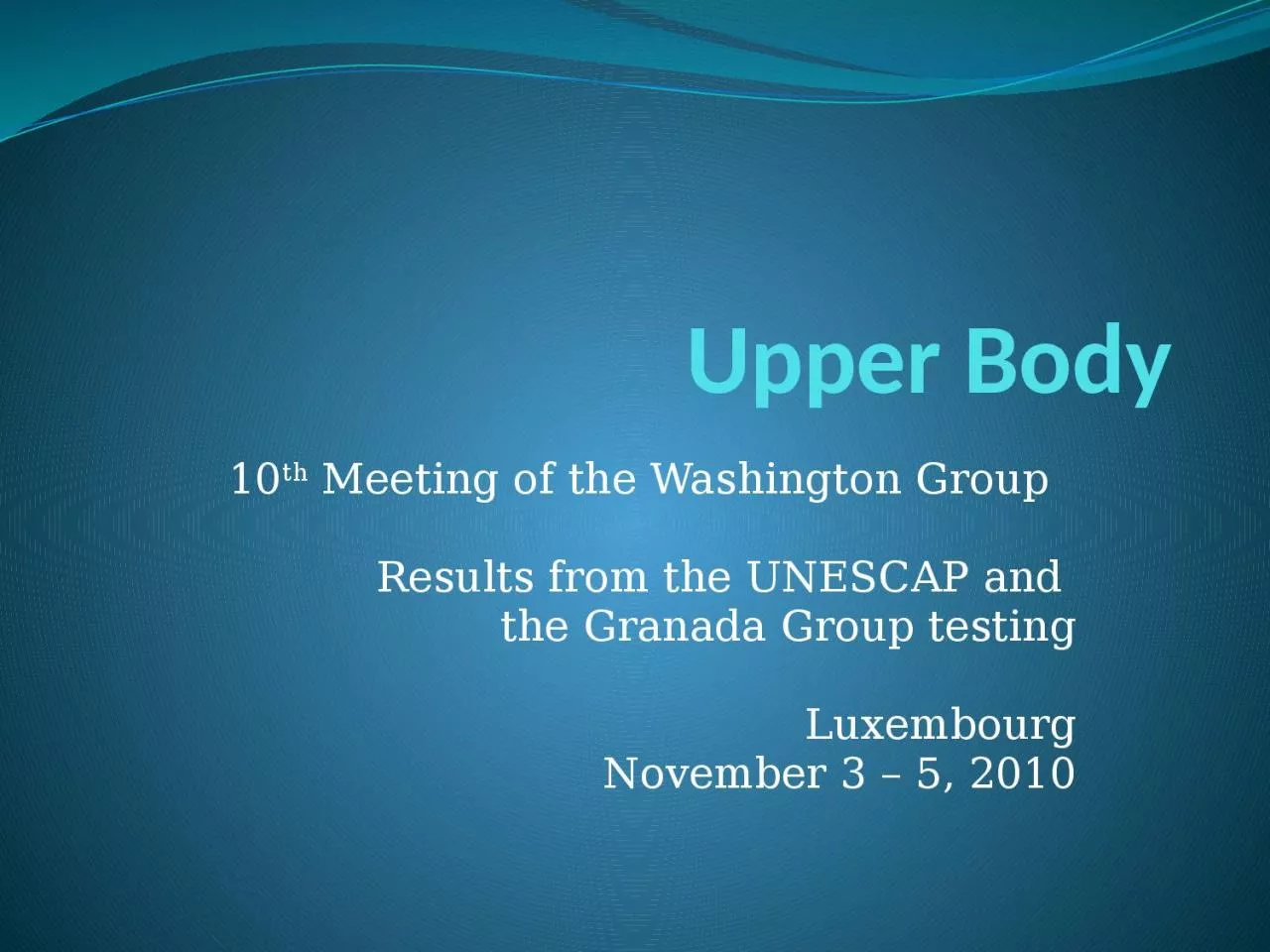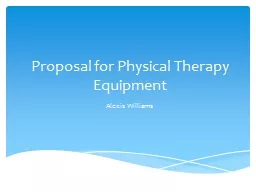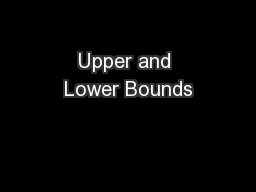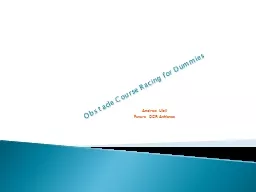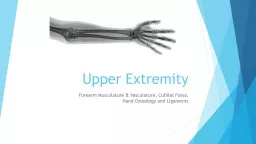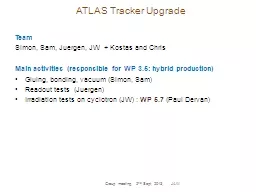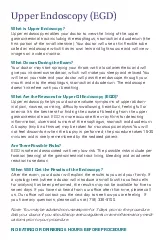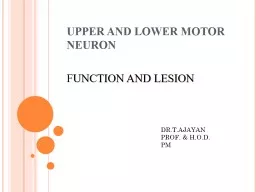PPT-Upper Body 10 th Meeting of the Washington Group
Author : elyana | Published Date : 2024-03-13
Results from the UNESCAP and the Granada Group testing Luxembourg November 3 5 2010 Upper Body UB and the ICF Objective of the domain Identify individuals who
Presentation Embed Code
Download Presentation
Download Presentation The PPT/PDF document "Upper Body 10 th Meeting of the Washing..." is the property of its rightful owner. Permission is granted to download and print the materials on this website for personal, non-commercial use only, and to display it on your personal computer provided you do not modify the materials and that you retain all copyright notices contained in the materials. By downloading content from our website, you accept the terms of this agreement.
Upper Body 10 th Meeting of the Washington Group: Transcript
Download Rules Of Document
"Upper Body 10 th Meeting of the Washington Group"The content belongs to its owner. You may download and print it for personal use, without modification, and keep all copyright notices. By downloading, you agree to these terms.
Related Documents

